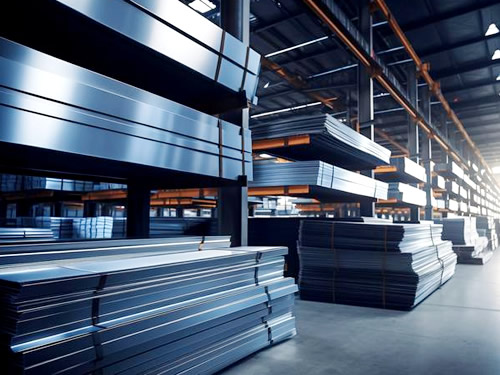Stainless steel is a popular material used in many applications because of its strength, durability, and resistance to corrosion. Among the different types of stainless steel available, 304, 304L, 316 and 316L are some of the most commonly used grades.

304 and 304L are austenitic stainless steels that are used in a variety of applications, including food processing equipment, kitchen appliances, and chemical processing equipment. The main difference between 304 and 304L is their carbon content, with 304L having a lower carbon content, making it more suitable for welding applications.
316 and 316L are also austenitic stainless steels, but with the addition of molybdenum, which enhances their corrosion resistance. They are commonly used in marine environments and in applications that involve exposure to corrosive chemicals. Like 304 and 304L, the difference between 316 and 316L is their carbon content, with 316L having a lower carbon content, making it easier to weld.
In summary, the main differences between these four grades of stainless steel are their carbon content and the addition of molybdenum in 316 and 316L. Understanding these differences can help in selecting the appropriate grade of stainless steel for a particular application.
